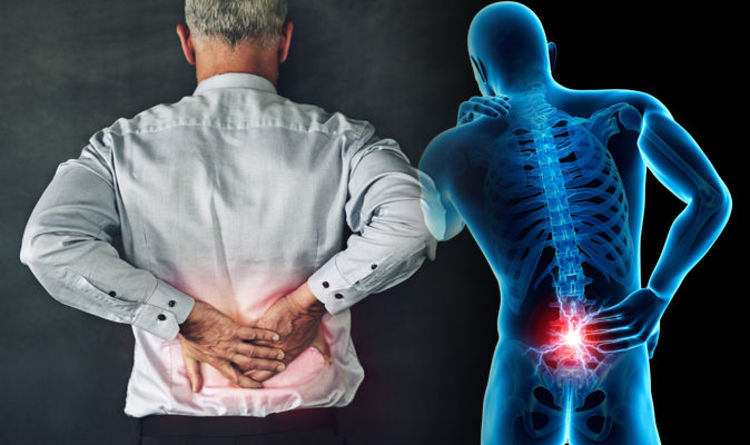Lower Back Pain: A ‘What, Why, and How’ Guide

Misinterpreted as well as mismanaged, lower back pain is a significant cause of agony and distress for many across the world. Though common and recurrent in nature, it is definitely not very severe. Before we learn about how physiotherapy aids in treating back pain, here’s the up-to-date knowledge on the ailment.
What Causes Lower Back Pain?
Strain
Strenuous physical activity can result in stretching or tearing of muscles and ligaments in the lower back. It is usually characterized by pain and soreness in the affected area, and even, muscle cramps.
Disc Injury
As we age, the risk for the discs in the back to get injured, increase. Some frequent disc injuries include a herniated disc and compression of the nerve root. They occur unexpectedly after lifting something or twisting the back. The pain can usually span across for more than 72 hours.
Sciatica
Sciatica generally follows when the herniated disc presses on the sciatic nerve. Since the sciatic nerve links the spine to the legs, this ailment can cause shooting pain in the legs as well.
Spinal Stenosis
This condition is identified by narrowing of the spinal column that applies pressure on the spinal cord and spinal nerves. Spinal Stenosis is a common development of degeneration of the discs between the vertebrae. Its symptoms tend to worsen while standing or walking.
Abnormal Spine Curvatures
Scoliosis, kyphosis, and lordosis result in abnormal curvatures in the spine. These ingrained conditions are first diagnosed when patients are children or teenagers. The curvature puts pressure on the muscles, tendons, ligaments, and vertebrae causing pain and feeble postures.
Other Factors
Conditions like arthritis, fibromyalgia, spondylitis, osteoporosis, and spondylosis comprise factors that generate lower back pain symptoms.
Symptoms of Lower Back Pain
One of the major symptoms is an ache in the lower side of the back that sometimes even travels to the buttocks and legs. The pain usually goes away without any medical treatment, but if it is persistent with the following symptoms, you need to see a doctor:
- Weight loss,
- Fever,
- Inflammation or swelling on the back,
- Continuous back pain, where lying down or resting does not help,
- Pain down the legs,
- A recent injury, blow or trauma to the lower back,
- Difficulty in Urination,
- Loss of control over bowel movements,
- Numbness around the genitals, and
- Sore buttocks and anus
How Can You Prevent Lower Back Pain?
To lower the risk of developing back pain include the following factors:
- Establish an exercise routine.
- Quit smoking!
- Maintain your body weight as per the BMI.
- Perfect your posture alignment, while both, standing and sitting.
- Use the correct lifting techniques.
- Do not lift and twist at the same time.
- Wear flat shoes to avoid straining the lower back. Ensure back support while driving.
How Does Physiotherapy Treat Lower Back Pain?
Early treatment that focuses on exercise, mechanics, and posture is the key to reducing your pain and returning to an active lifestyle. To relieve your lower back pain, a physical therapist will design a treatment plan pertaining to your explicit problem, based on a systematic investigation. The sooner you visit the physiotherapist, the more effective will be the treatment. Based on your examination, the best treatment for lower back pain shall revolve around the following:
- Manual Therapy (Mobilization of the Joints in Your Back): Physiotherapists accomplished in manual therapy customize accurate hands-on procedures to relieve stiffness and improve the affected spine joints and muscles by initiating movement.
- Movement Exercises: In order to reinstate the lost motion and lessen the prickling pain, most physiotherapists prescribe these exercises, using a protocol called the McKenzie method. If your pain is enduring, physiotherapy is a must for you. Along with the first two options, chronic low back pain is best managed with progressive strengthening exercises.
- Progressive Strengthening Exercises: These usually highlight stability and endurance. A comprehensive assessment analyzing the kind of pain, how it occurred, how to better it and what makes it worse will let the physiotherapist prescribe the right treatment option for you.
If you are undergoing lower back pain, then book an appointment with us at Prime Physio Plus Physiotherapy Clinic without any further delay.

